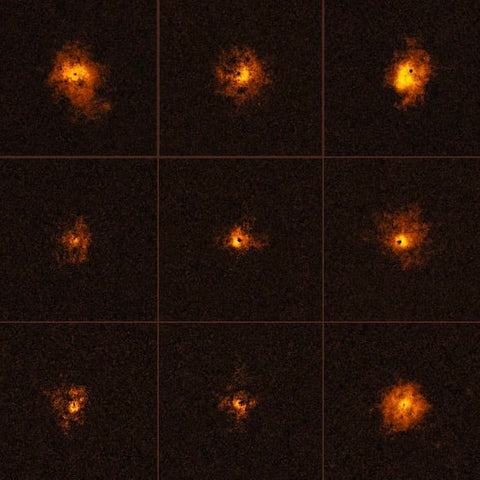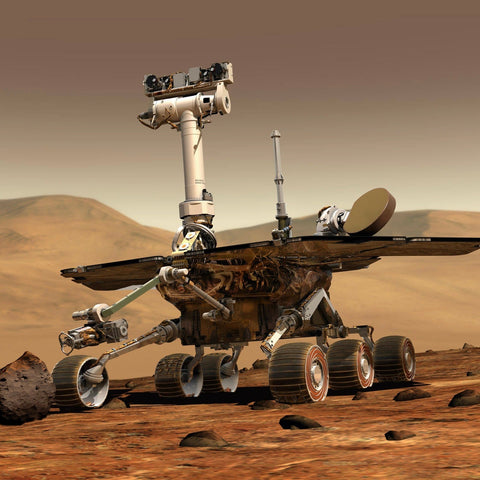In the vast tapestry of the cosmos, quasars shine as some of the most enigmatic and powerful objects. These celestial beacons, powered by supermassive black holes, have played a crucial role in unraveling the mysteries of the early universe. In this blog post, we delve into the fascinating world of quasars and their significance in cosmic evolution, providing us with invaluable insights into the universe's formative years.
Quasars: Cosmic Powerhouses
Luminous Phenomena: Quasars, short for "quasi-stellar radio sources," are incredibly luminous and distant objects that emit energy across the electromagnetic spectrum.
Black Hole Origins: At the heart of each quasar lies a supermassive black hole, millions or even billions of times the mass of our sun, fueling their extraordinary brightness.
Cosmic Time Machines
Distant Beacons: Quasars are among the most distant objects in the universe, often observed as they were billions of years ago, providing a glimpse into the early universe.
Time Capsules: The light from them carries with it information about the conditions and environments of the universe's infancy.
Quasars and Cosmic Evolution
Formation and Early Universe: Quasars are believed to have emerged when the universe was relatively young, shedding light on the conditions and processes that prevailed during this epoch.
Galaxy Evolution: They are often found at the centers of massive galaxies. Their study helps us understand the coevolution of galaxies and the supermassive black holes at their cores.
Probing the Early Universe
Elemental Abundance: The light from quasars contains spectral lines that allow astronomers to determine the chemical composition of the universe in its youth.
Cosmic Microwave Background: Quasars' observations provide constraints on the cosmic microwave background radiation, the relic of the Big Bang.
The Expanding Universe
Hubble's Law: Quasars' redshifts and distances contribute to our understanding of the universe's expansion rate, a key parameter in cosmology.
Cosmic Web: The distribution of quasars reveals the large-scale structure of the universe, including filaments, voids, and clusters of galaxies.
Quasars stand as cosmic time machines, offering us glimpses into the universe's past and providing insights into its evolution. The study of these enigmatic objects has broadened our understanding of the early universe, from its elemental composition to the dynamics of cosmic expansion.
As we continue to peer deeper into the cosmos, quasars remain integral to our quest to comprehend the universe's origin, evolution, and the fundamental forces that shape it. They serve as reminders of the boundless mysteries that continue to inspire and drive our exploration of the cosmos.






